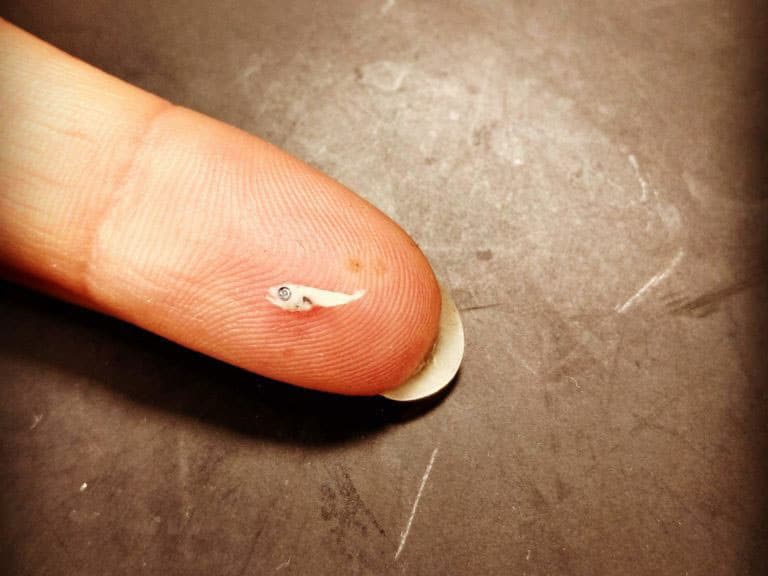
A scientific paper published in the Canadian Journal of Fisheries and Aquatic Sciences states that the Slope Sea in the Northwest Atlantic Ocean (located between the Gulf Stream and the continental shelf of the Northeast United States) is a recently documented major spawning ground for Atlantic bluefin tuna.
The paper states that the Slope Sea was identified as a major spawning ground for Atlantic bluefin tuna because of “larval abundance, growth rates, and particle-tracking simulations.”
The paper notes that bluefin tuna larvae collected in the Slope Sea grew at the same rate as larvae in the Gulf of Mexico, which is a prime bluefin larval habitat area.
“In comparison to everything else we know about this species, the Slope Sea is a perfectly good place to be born as a (bluefin tuna) larva,” said the new scientific paper’s lead author Christina Hernández, with MIT and the Woods Hole Oceanographic Institution (WHOI). “The larvae are growing at a similar rate in the Slope Sea as they are in the Gulf of Mexico, at least in the year [of sampling], which suggests that the Slope Sea is providing completely suitable and adequate habitat for larval growth and development.”
Plankton nets were used to sample larvae in the Slope Sea, same as in the Gulf of Mexico.
Previously, scientists thought Atlantic bluefins had two basic spawning grounds, one in the Gulf of Mexico, the second in the Mediterranean Sea. However, some authorities believed there was bluefin tuna spawning in other areas, and a 2016 scientific paper showed bluefins spawning in the Slope Sea.
“In the 2016 paper, we proposed that the Slope Sea is a third major spawning ground for bluefin tuna,” said David Richardson, a NOAA fisheries biologist and lead author of the 2016 paper.
The additional sampling, reported in the new scientific study, confirms that bluefin larval abundances and growth rates in the Slope Sea are comparable to levels found in the Gulf of Mexico.
“We need as much information as we can get about bluefin tuna so we can improve management,” said Christine Hernández. “I hope this study helps more acknowledgement of the Slope Sea as a spawning area and (the need for) more research in this region.”








